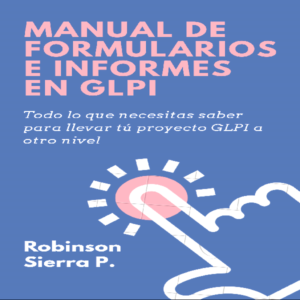New for 2015, How to Write Romance & Romantic Comedy and How to Write the Cozy Mystery. DISCLAIMER This book includes instructional materials, notes, and handouts for workshops taught at a number of writers? conferences. The intent of this book is to present the basic elements of novel writing in UNDER 60 MINUTES. In other words, it's a SHORT book. Do not expect lengthy explanations or examples of how to use these techniques. Think of this book as Cliff?s Notes© for a novelist. When your plot sags, dialogue drags, or scenes feel stale, pull out this book. Chances are, a quick review of the basics will inspire you to push on. How to Write Romance & Romantic Comedy - Romantic comedies are stories with light-hearted, humorous plotlines that demonstrate how true love can overcome all obstacles. In a typical romantic comedy, the two lovers tend to be young, likable, and apparently meant for each other, yet they are kept apart by some complicating circumstance. A happy ending is always the result. Learn the basic story structure of Rom-Coms in less than ten minutes. How to Write the Cozy Mystery - Despite changes within the book publishing industry, cozy mysteries remain popular. Cozy mysteries allow readers to fall in love with a quirky sleuth while at the same time solving a puzzle. Cozies avoid profanity, graphic violence, and overt sexual scenes. For readers, the payoff has less to do with ?who done it? and more to do with ?how the who done it.? Learn the basic story structure of cozy mysteries in less than ten minutes. Plotting Simplified - We remember characters; we pitch plot. In this section you'll learn how to map your story using the "passage markers" that shape every story's journey. From introduction and motivation to your Lead's moment of maximum angst, you'll see how easy it is to develop a story line and keep your characters on the path to a compelling climax. Been There, "Scene" That! - Making a scene is as easy as: ABCD - Action, Backstory, Conflict,Decision. A good scene reveals information that moves the story forward (new goals, old secrets, hidden motives), shows conflict between characters (adds tension), deepens the character?s development, and creates suspense (introduces a new wrinkle that leaves the reader hanging). Learn the three keys to scene summary, how to create memorable moments in your story, what four questions you should ask of each scene. Dramatic Dialogue - Dialogue can breathe life into any fiction or non-fiction story. In this section we examine what a scene is: Doing (Action), Thinking (Narrative), and Talking (Dialogue). We examine when to tag, when to skip tags, and where to place tags, plist the types of dialogue - Direct, Reflective, Misdirected, Modulated, Descriptive, Breathless, and Compressed. Creating Compelling - Characters Compelling characters are larger than life. They risk more, laugh often and love with passion. In this section you?ll learn how to invent both likable and loathsome characters, winners and losers, heroes and villains. Examine your Lead's motivation, focus on their flaws, and and explore the feelings or your hero/heroine. You?ll see how conflict, crisis, and consequences shape your characters.
Novel idea, a
Sobre
Talvez você seja redirecionado para outro site












